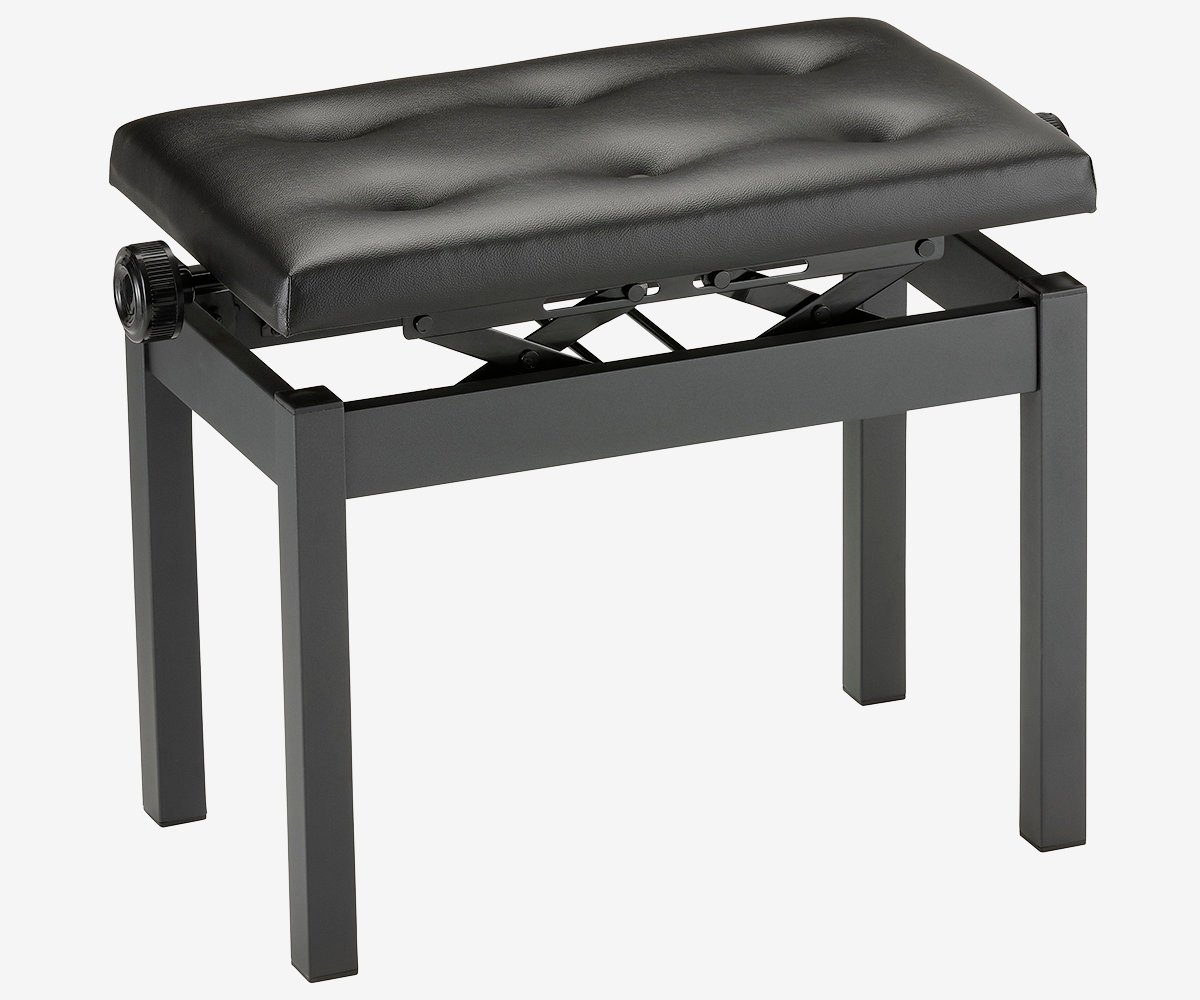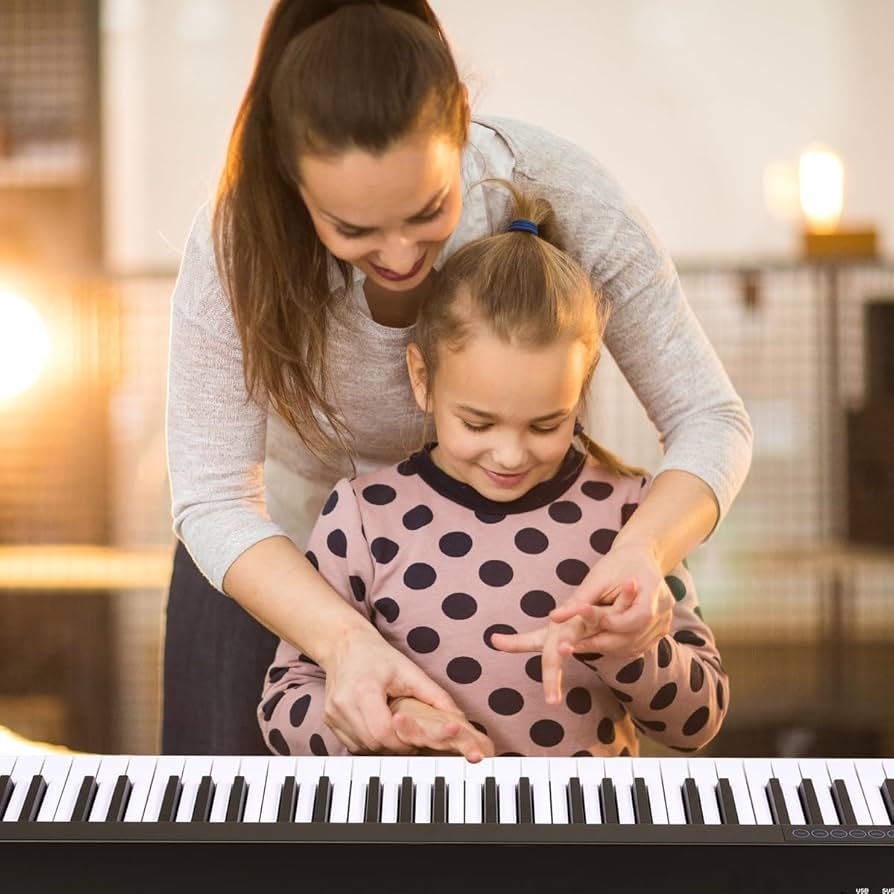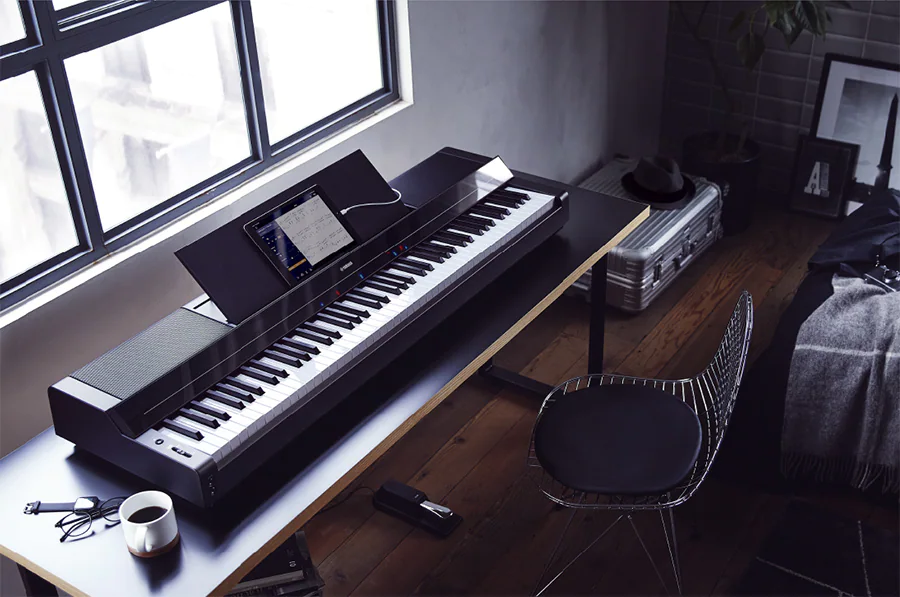In today’s fast-paced world, finding the perfect musical instrument that fits seamlessly into limited living spaces can be a challenge. Portable digital pianos have emerged as an ideal solution for musicians who crave quality sound and authentic playing experiences without the bulk and permanence of traditional acoustic pianos. This article explores the best portable digital pianos designed specifically for small spaces, highlighting their features, benefits, and top models to help you make an informed decision.
Why Choose a Portable Digital Piano?
Space Efficiency
Portable digital pianos are designed to occupy minimal space, making them perfect for apartments, studios, or any area where space is at a premium. Their compact designs allow for easy placement and storage, ensuring that your living environment remains uncluttered.
Versatility
Despite their smaller size, portable digital pianos offer a wide range of features that cater to both beginners and professional musicians. Many models come with multiple voices, built-in rhythms, and connectivity options that enhance their functionality beyond mere piano playing.
Affordability
Compared to acoustic pianos, portable digital pianos are generally more affordable. They eliminate the need for regular maintenance, such as tuning and humidity control, which can save you money in the long run.
Portability
As the name suggests, these pianos are easy to move. Whether you need to transport your instrument for gigs, lessons, or simply rearrange your living space, portable digital pianos offer the flexibility you need.
Key Features to Consider
When selecting a portable digital piano for small spaces, consider the following features to ensure it meets your requirements:
1. Size and Weight
Opt for a piano that is lightweight and compact. Models that can be easily folded or have detachable stands are particularly useful for maximizing space efficiency.
2. Key Action
Look for weighted or semi-weighted keys that mimic the feel of an acoustic piano. Graded hammer action, where the lower keys are heavier than the higher ones, provides a more authentic playing experience.
3. Sound Quality
High-quality sound sampling and built-in speakers are essential for a rich and immersive audio experience. Some models offer advanced sound engines that replicate the nuances of acoustic pianos.
4. Connectivity Options
Ensure the piano has necessary connectivity features such as MIDI, USB, Bluetooth, and audio outputs. These options allow you to connect to computers, smartphones, and other devices for recording, learning, and expanding your musical capabilities.
5. Built-In Features
Features like metronomes, recording capabilities, and various instrument voices can enhance your practice sessions and creative processes. Additionally, onboard learning tools can be beneficial for beginners.
6. Power Options
Consider whether the piano can be powered by batteries or requires a constant power source. Battery-powered models offer greater flexibility in placement and portability.
Top Portable Digital Pianos for Small Spaces
1. Yamaha P-125
Features:
- 88 weighted keys with Graded Hammer Standard (GHS) action
- High-quality sampling from Yamaha’s CFIIIS concert grand piano
- Dual mode for layering sounds
- USB to host connectivity for MIDI and data transfer
- Compact and lightweight design
Why It’s Ideal:
The Yamaha P-125 offers a balanced combination of authentic key action and superior sound quality in a compact form, making it perfect for small spaces without compromising on performance.
2. Casio Privia PX-160
Features:
- 88 weighted keys with Tri-Sensor Scaled Hammer Action II
- AiR Sound Source for realistic piano tones
- Dual and split modes for versatile playing
- USB MIDI connectivity
- Sleek and minimalist design
Why It’s Ideal:
The Casio Privia PX-160 is renowned for its realistic touch and rich sound, all housed in a slim and elegant design that fits effortlessly into any small living area.
3. Roland FP-30X
Features:
- 88 weighted keys with Roland’s PHA-4 Standard action
- SuperNATURAL Piano sound engine
- Bluetooth connectivity for wireless integration
- Compact and portable
- Built-in speakers with adjustable volume
Why It’s Ideal:
Roland’s FP-30X combines top-tier key action and sound quality with modern connectivity features, making it a versatile choice for musicians who need both performance and portability.
4. Korg B2SP
Features:
- 88 weighted keys with Natural Weighted Hammer (NH) action
- Korg’s Stereo PCM sound engine
- Three-pedal unit included
- USB-MIDI connectivity
- Stylish cabinet design suitable for small spaces
Why It’s Ideal:
The Korg B2SP offers a comprehensive package with high-quality key action, rich sound, and an aesthetically pleasing design, making it an excellent addition to any compact living space.
5. Alesis Recital Pro
Features:
- 88 fully weighted keys with adjustable touch response
- 12 premium voices including pianos, organs, and synths
- Built-in lessons and metronome
- USB-MIDI connectivity
- Lightweight and portable
Why It’s Ideal:
A budget-friendly option, the Alesis Recital Pro provides a range of features typically found in higher-end models, making it ideal for beginners and intermediate players in small spaces.
Tips for Setting Up a Portable Digital Piano in Small Spaces
1. Utilize Vertical Space
Mount shelves or use furniture that allows your piano to stand upright, saving valuable floor space. Wall-mounted stands can also keep the piano accessible yet out of the way.
2. Choose Multi-Functional Furniture
Incorporate furniture that serves multiple purposes, such as a piano bench with storage compartments or a foldable stand that can be tucked away when not in use.
3. Optimize Cable Management
Use cable organizers or clips to keep cords tidy and prevent them from cluttering your space. Wireless connectivity options can also reduce the need for numerous cables.
4. Consider Foldable Models
Some portable digital pianos are designed to fold or collapse, making them easier to store in closets or under furniture when not in use.
5. Integrate with Existing Decor
Choose a piano that complements your interior design. Many portable models come in various finishes and styles, allowing them to blend seamlessly with your home’s aesthetic.
Maintenance and Care
Portable digital pianos require minimal maintenance compared to acoustic pianos. Here are some tips to keep your instrument in top condition:
- Regular Cleaning: Wipe the keys and exterior with a soft, dry cloth to remove dust and prevent grime buildup.
- Proper Storage: When not in use, cover your piano to protect it from dust and accidental spills.
- Software Updates: If your piano has firmware or software features, ensure it stays updated to benefit from the latest enhancements and bug fixes.
- Safe Transport: If you frequently move your piano, use protective cases or padding to prevent damage during transit.
Conclusion
Portable digital pianos offer an excellent solution for musicians living in small spaces, combining quality, versatility, and convenience. With advancements in technology, these instruments provide authentic playing experiences and a plethora of features that cater to a wide range of musical needs. Whether you’re a beginner, a seasoned pianist, or someone looking to integrate music seamlessly into your compact living environment, there’s a portable digital piano that’s perfect for you.
Further Considerations
Price Range
Portable digital pianos come in a variety of price points, typically ranging from budget-friendly options around $300 to high-end models exceeding $1,500. Determine your budget and prioritize features that matter most to you to find the best value.
Future Trends
The future of portable digital pianos looks promising with trends such as enhanced wireless connectivity, integration with smart home systems, and advancements in virtual reality (VR) for immersive learning experiences. Staying informed about these trends can help you choose an instrument that remains relevant and upgradable.
Final Thoughts
Selecting the right portable digital piano involves balancing your spatial constraints with your musical aspirations. By considering the key features, exploring top models, and implementing smart setup strategies, you can enjoy the rich, expressive world of piano music without compromising on space or style.
Resources
- Yamaha P-125: Yamaha Official Website
- Casio Privia PX-160: Casio Official Website
- Roland FP-30X: Roland Official Website
- Korg B2SP: Korg Official Website
- Alesis Recital Pro: Alesis Official Website
References
- “Choosing the Right Digital Piano for Small Spaces” – Musician’s Corner Magazine
- “Top Portable Digital Pianos of 2024” – Piano World Review
- “Space-Saving Solutions for Home Musicians” – Home Studio Guide
Acknowledgments
This article was developed to assist musicians in navigating the options available for portable digital pianos suitable for small living spaces. It draws on industry knowledge, product specifications, and user experiences to provide a comprehensive guide.
Disclaimer
While every effort has been made to ensure the accuracy of the information provided, readers are encouraged to conduct their own research and consult with musical instrument professionals before making a purchase decision.
Contact Information
For further inquiries or personalized recommendations regarding portable digital pianos, please reach out to your local musical instrument retailer or visit the official websites of the respective piano manufacturers.
Conclusion
Portable digital pianos are a harmonious blend of functionality and design, tailored to meet the demands of modern living spaces. By offering quality sound, authentic touch, and a range of features in compact forms, they make piano playing accessible and enjoyable for everyone, regardless of space constraints. Embrace the convenience and versatility of a portable digital piano and bring the joy of music into your small space with ease.














Leave a Reply